Login
Subscribemicrobiology
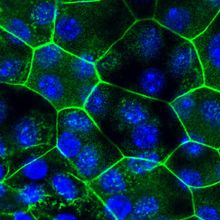
Bladder ‘Memory’ Influences Urinary Tract Infection Recurrence in Mice
Alejandra Manjarrez, PhD | Apr 12, 2023 | 3 min read
Urinary tract infections leave permanent epigenetic marks in the mouse bladder epithelium, reprogramming its response to subsequent infections, a study finds.
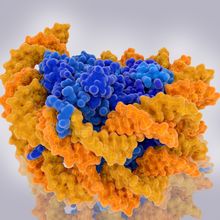
“Cryptic Transcription”: How Aging Cells Express Fragments of Genes
Kamal Nahas, PhD | Apr 6, 2023 | 4 min read
Aging cells with weakened gene regulation spuriously transcribe RNAs, but their impact on health and longevity still needs to be examined.
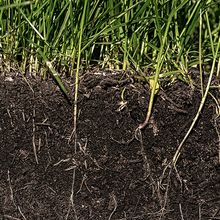
The Scientist Speaks - Rising From the Dead: How Antibiotic Resistance Genes Travel Between Current and Past Bacteria
Nele Haelterman, PhD | 1 min read
Heather Kittredge and Sarah Evans discuss the environmental conditions that facilitate natural transformation in bacteria’s native habitat.
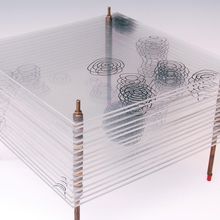
Crystal-Clear Penicillin, 1945
Brittany McWilliams | Apr 3, 2023 | 4 min read
Political activist and Nobel winner Dorothy Crowfoot Hodgkin pioneered X-ray crystallography to discover the molecular structures of penicillin and insulin.
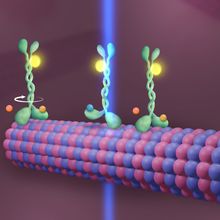
High-Resolution Microscope Watches Proteins Strut Their Stuff
Holly Barker, PhD | Mar 31, 2023 | 3 min read
Modification on a high-resolution fluorescent microscopy technique allow researchers to track the precise movements of motor proteins.
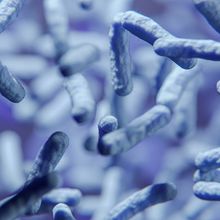
Getting Ahead of the Curve with Microbiological Assays
The Scientist’s Creative Services Team and Tecan | 1 min read
Versatile technology helps scientists streamline microbiology research.
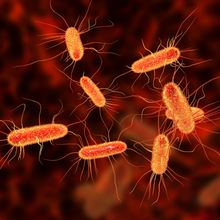
New Synthetic E. coli Is Immune to Bacteriophage Infection
Anna Napolitano, PhD | Mar 30, 2023 | 3 min read
Self-contained synthetic E. coli resistant to viral infection could prove invaluable to the biotechnology industry by increasing product consistency and reducing safety concerns.
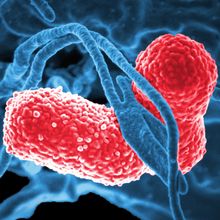
Gut Bacterium Linked to Depression in Premenopause
Alejandra Manjarrez, PhD | Mar 17, 2023 | 2 min read
The opportunistic pathogen Klebsiella aerogenes degrades estradiol and induces depressive-like behavior in mice, a study finds.
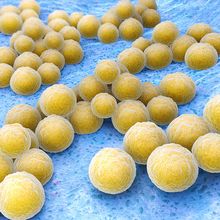
The Scientist Speaks - Virulence Meets Metabolism: The Unique Evolution of Staphylococcus aureus
Niki Spahich, PhD | 1 min read
Anthony Richardson discusses what makes Staph especially dangerous for people with diabetes.
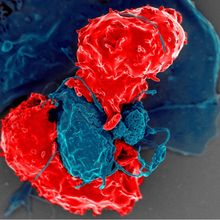
Gut Bacteria Help T Cells Heal Muscle: Study
Natalia Mesa, PhD | Mar 14, 2023 | 4 min read
Regulatory T cells in the colon travel to muscles to promote wound healing in mice, raising questions about how antibiotics may impact injury recovery.

Garbage to Guts: The Slow-Churn of Plastic Waste
Iris Kulbatski, PhD | Mar 13, 2023 | 4 min read
The winding trail of environmental microplastics is leading researchers to the human digestive ecosystem.
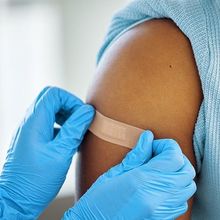
The Scientist Speaks - To Conserve and Protect: The Quest for Universal Vaccines
Niki Spahich, PhD | 1 min read
Patrick Wilson discusses the challenges in designing universal vaccines and his work developing one for influenza.
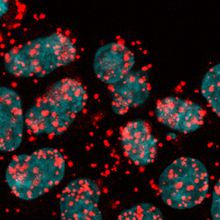
Mutated Cohesin Throws DNA Splicing out of Whack, Resulting in Cancer
Shafaq Zia | Mar 3, 2023 | 2 min read
Cohesin mutations cause dysregulations in alternative splicing, contributing to tumor initiation and progression, a study finds.
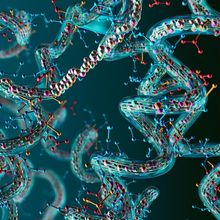
Now AI Can Be Used to Design New Proteins
Kamal Nahas, PhD | Mar 3, 2023 | 4 min read
Machine learning can be harnessed to synthesize artificial light-bearing enzymes that actually work in cells.
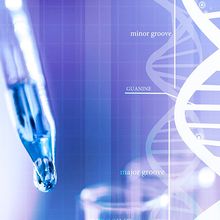
Viral Nucleic Acid Purification in a Single Spin
The Scientist’s Creative Services Team and MilliporeSigma | 3 min read
A simple nucleic acid extraction approach quickly purifies genomic viral RNA and DNA while minimizing cross-contamination risks.
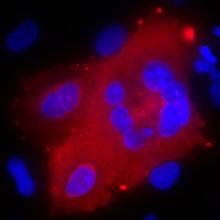
How Genes from Neanderthals Predispose People to Severe COVID-19
Alakananda Dasgupta | Feb 22, 2023 | 4 min read
Researchers dissect the Neanderthal-derived region on chromosome 3 that drives severe COVID-19 to zero in on the key causal variants.
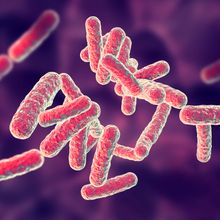
Gut Microbiomes Offer Insights into Chronic Fatigue Syndrome
Shafaq Zia | Feb 21, 2023 | 2 min read
Levels of health-promoting gut bacteria are linked with severity of fatigue symptoms, a study finds.
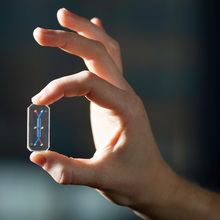
The Scientist Speaks - Preventing the Next Pandemic with Organ Chips
Nele Haelterman, PhD | 1 min read
Don Ingber discusses how organ-on-a-chip technology helps identify, study, and combat viral variants that could cause the next pandemic.
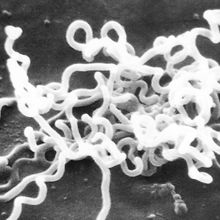
Science Falls Behind as Syphilis Stages Another Comeback
Bhargavi Duvvuri, Undark | Feb 21, 2023 | 6 min read
Syphilis is among the oldest known sexually-transmitted infections. Scientists still struggle to detect and treat it.
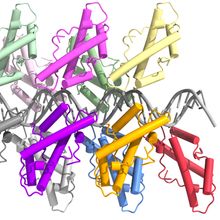
Bacteria Have Histones After All: Study
Kamal Nahas, PhD | Feb 14, 2023 | 4 min read
Researchers identify hundreds of candidate histone proteins in bacteria, including one with an unusual way of binding to DNA.